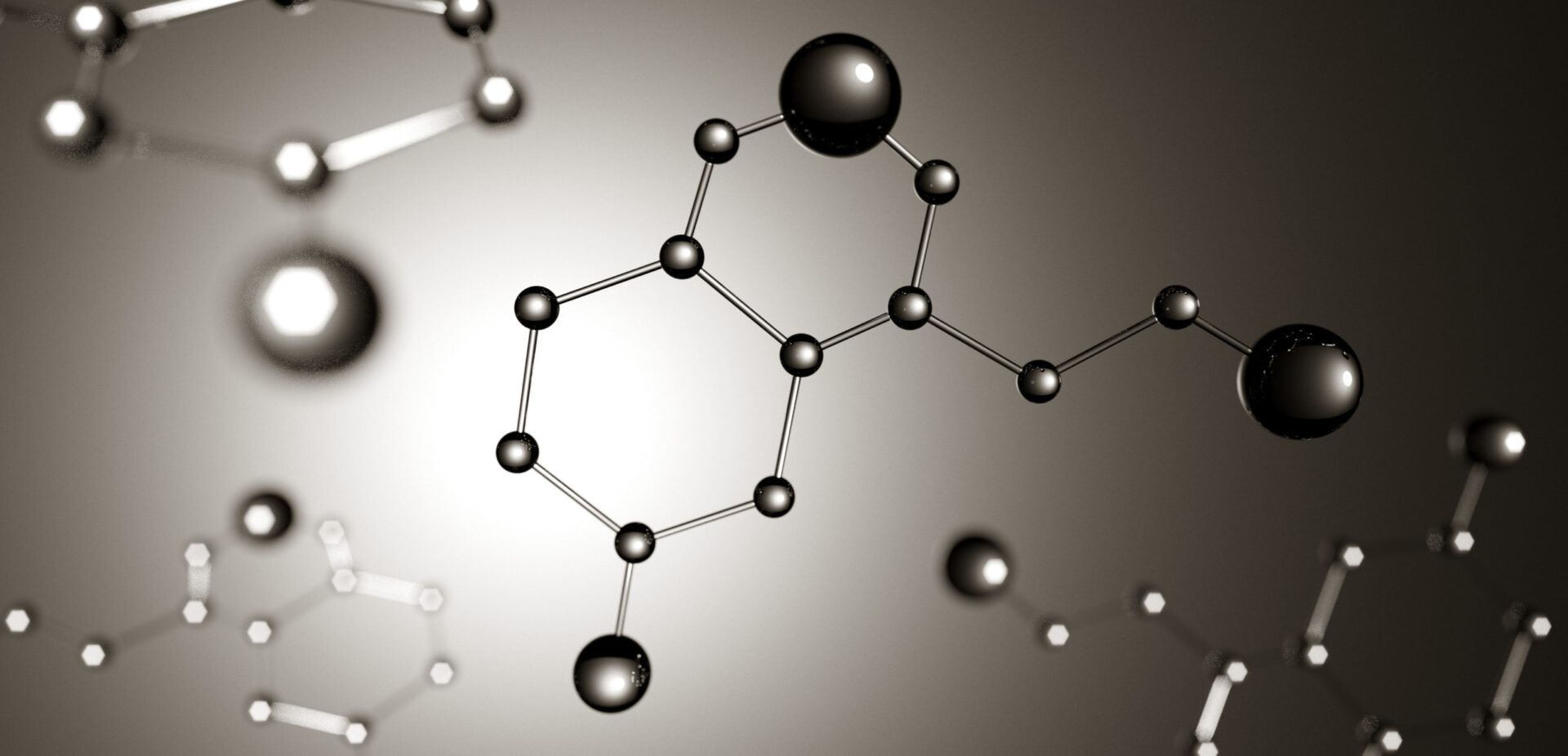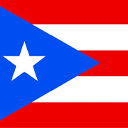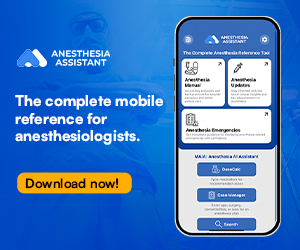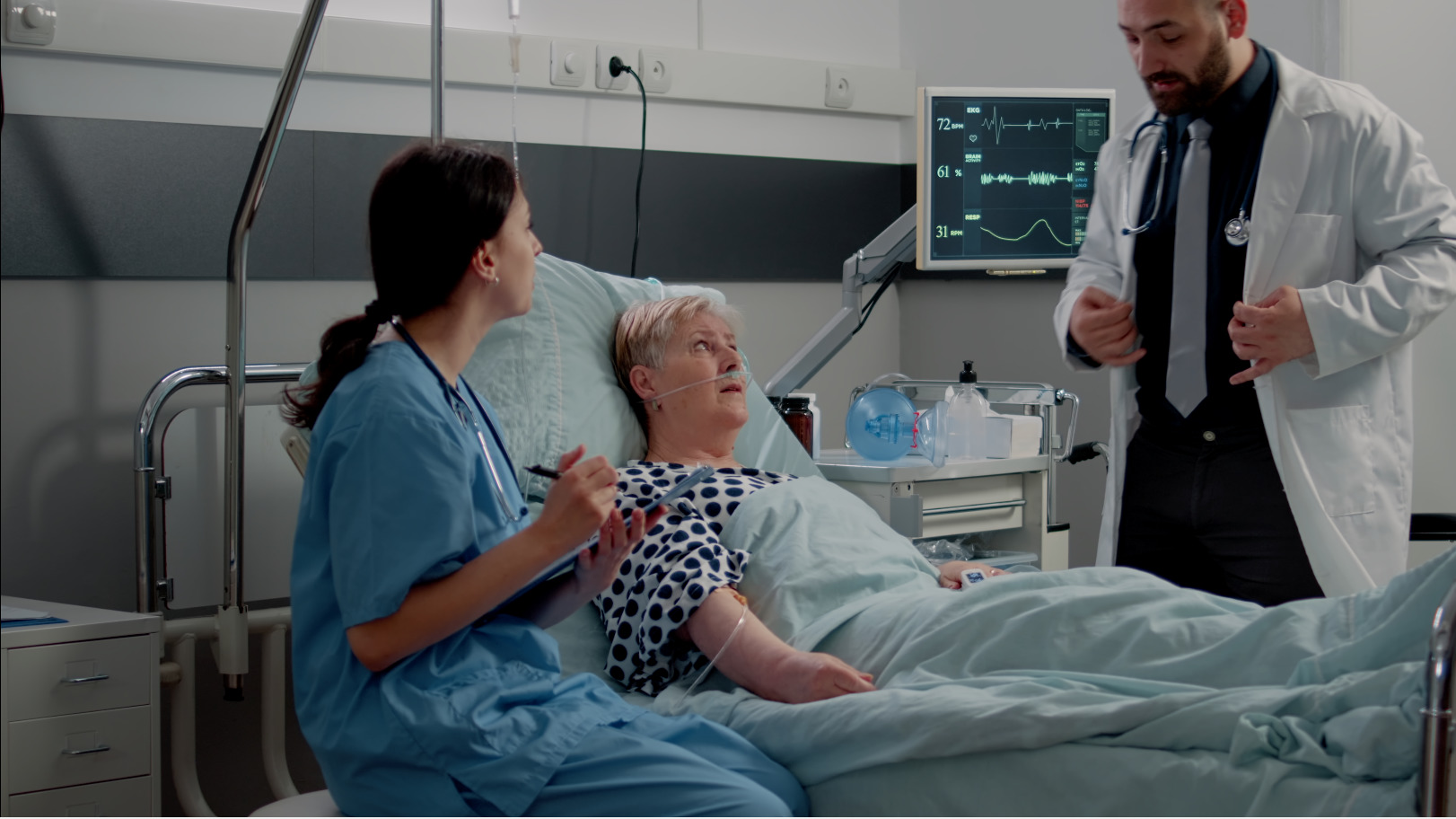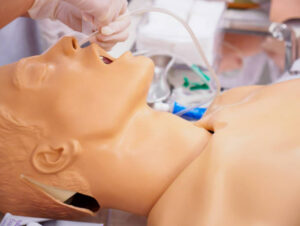Learning objectives
- Describe the side effects and anesthetic consequences of patients on monoamine oxidase inhibitors (MAOI)
Definition and mechanisms
- Monoamine oxidase inhibitors (MAOI) inhibit the activity of one or both monoamine oxidase enzymes A and B, thus preventing the breakdown of monoamine neurotransmitters serotonin and norepinephrine and thereby increasing their availability
- MAO type A has a preference for norepinephrine and serotonin
- MAO type B deaminates tyramine and phenylethylamine
- Risk of hypertensive crisis with norepinephrine release
- MAOIs are effective antidepressants and are used in the treatment of:
- Panic disorder
- Atypical depression
- Anxiety disorder
- Depression
- Bulimia
- Post-traumatic stress disorder
- Borderline personality disorder
- Obsessive Compulsive Disorder
- Bipolar depression
- Be cautious of withdrawal symptoms and recurrence of the psychiatric illness if the psychoactive drug is stopped
- MAOIs interact severely with commonly used anesthetic agents
- MAOIs inhibit the metabolism of indirectly acting sympathomimetics resulting in the potentiation of their action
- Where necessary, direct sympathomimetics are preferable
Side effects
- Dry mouth
- Nausea, diarrhea, or constipation
- Headache
- Drowsiness
- Insomnia
- Dizziness or lightheadedness
- Skin reaction at the patch site
- Involuntary muscle jerks
- Low blood pressure
- Reduced sexual desire or difficulty reaching orgasm
- Weight gain
- Difficulty starting a urine flow
- Muscle cramps
- Prickling or tingling sensation in the skin (paresthesia)
Management
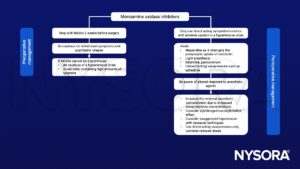
Suggested reading
- Peck T, Wong A, Norman E. 2010. Anaesthetic implications of psychoactive drugs. Continuing Education in Anaesthesia Critical Care & Pain.10;(6); 177-181.
We would love to hear from you. If you should detect any errors, email us [email protected]
